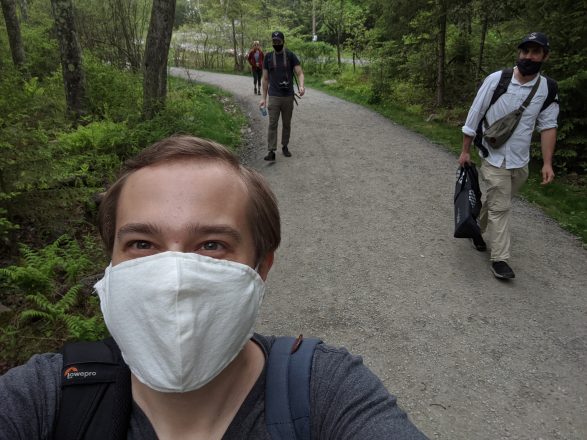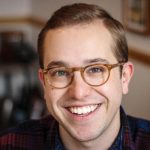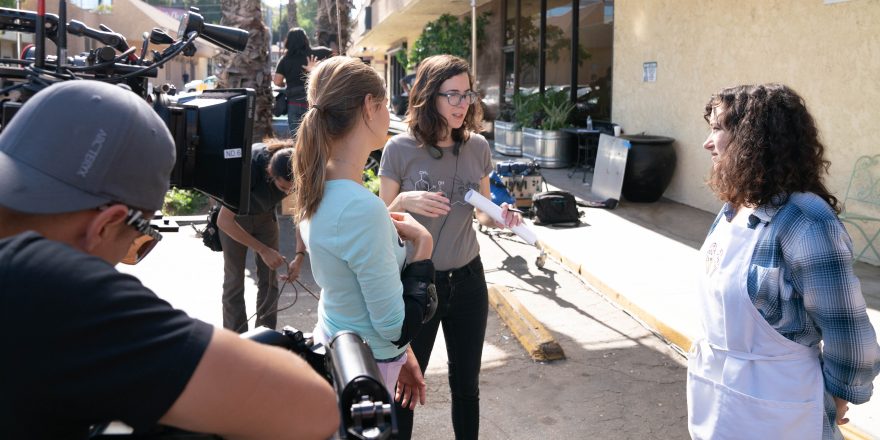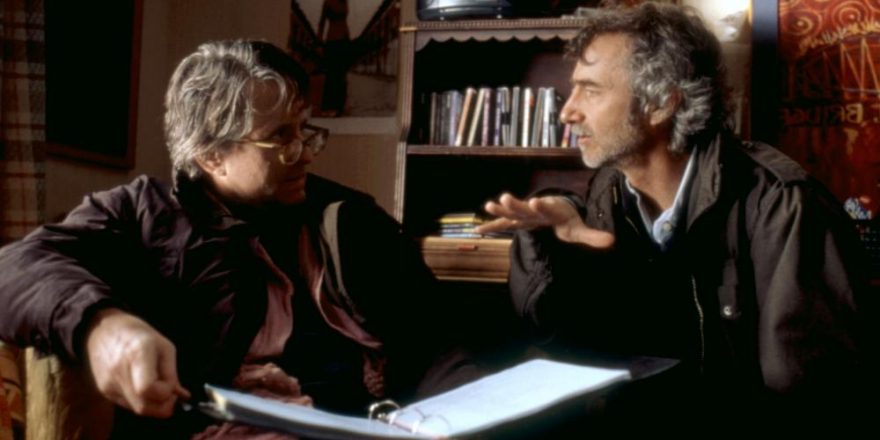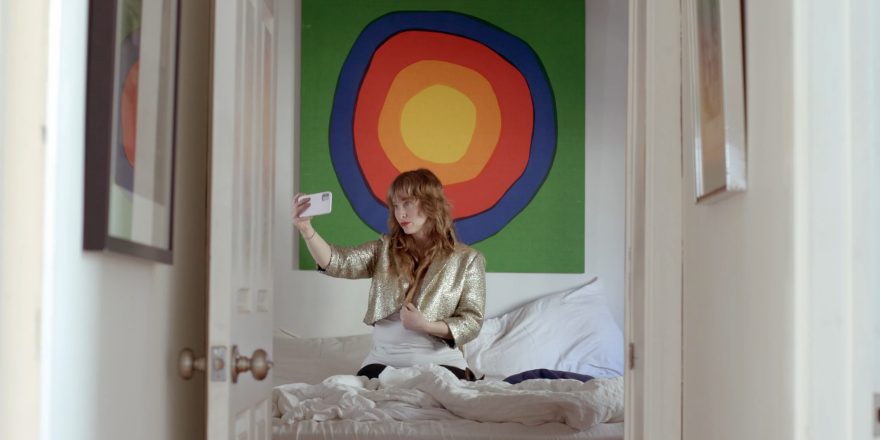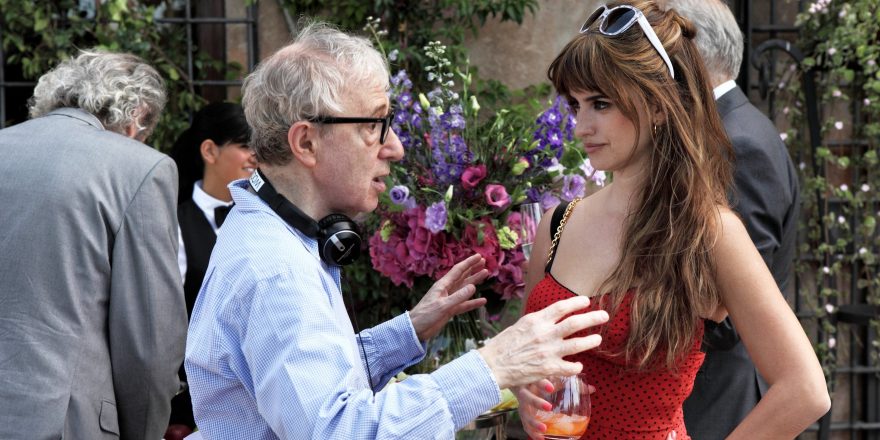A few months into quarantine, my wife Chelsey Delaney and I participated in Talkhouse’s Without Precedent Film Festival, and made a short film in our apartment, starring us, called In Place. It was our first artistic collaboration, my first directorial effort in more than four years, and the most fun I’ve had making a film in a long time. That film was made by two people, a DSLR, and a tripod. I filmed the shots of Chelsey by herself, and if the shot needed both of us, I would frame it, press record, then move in front of the camera and start the scene. Simple stuff.
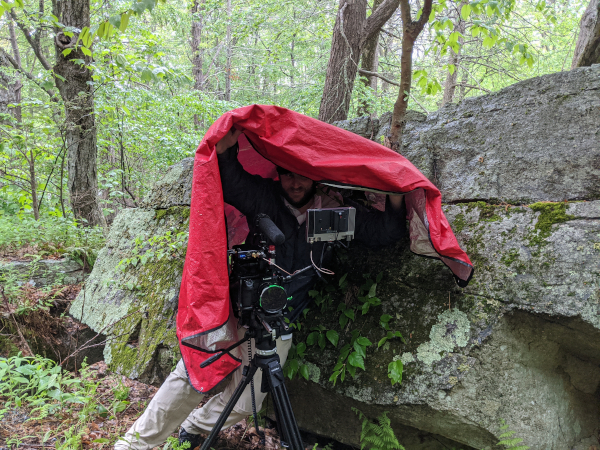
I then wanted to see if I could expand to a few more people and slightly larger scope. One of the only things to do in New York in the spring and early summer was to go hiking. It felt possible to do something involving a few more people if we did it in a state park. I started talking to my friend, cinematographer Michael Koshkin, who has his own gear and car, about shooting something out in nature. I quickly wrote a script about the feeling of disappearance. Our loved ones are disappearing from our lives – into their homes in quarantine, or worse. They are gone so quickly and completely that it makes you wonder if they were ever really there.
With In Place, the anxiety and isolation of the time, and the necessity of the fixed camera dictated a style in the vein of a Chantal Akerman horror film. For Close Contact, it was nature, the foggy day we shot, and long lenses that inspired the style, aiming for something like L’Avventura at Hanging Rock.
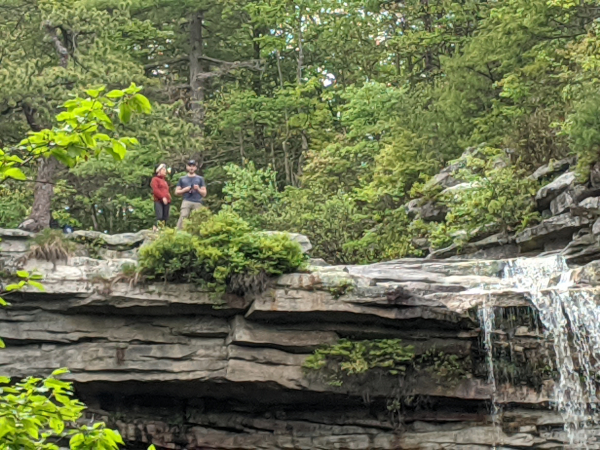
I had an image in my head of a moment, the pivotal moment of the film, and built everything around that. The film would be about a couple that didn’t live together, breaking quarantine in order to spend some time together. They go on a hike in a state park, but their paranoia ruins their mood, and soon the consequences of their actions catch up to them.
I wanted to use actors who were a couple in reality, so that they would already be quarantining together. I thought my friends David Call and Ana Kayne, who I worked with on Larry Fessenden’s Depraved, would be perfect. (And they also had their own car!) Michael prepared sanitized equipment packages for each group. I had a handheld director’s monitor, and the actors were given their lavs to mic themselves. We drove separately in three cars out to Lake Minnewaska State Park. The actors, the D.P. and I all stayed six feet away from each other at all times. The D.P. and I wore masks. We shot all of the park scenes in a day, and the first scene in Brooklyn a few days later. I edited the footage at home, and did sound and color virtually with friends Cory Choy of Silver Sound, and colorist Jordan Taylor Fuller. It was a simple shoot, but felt like an accomplishment to complete it using these constraints.
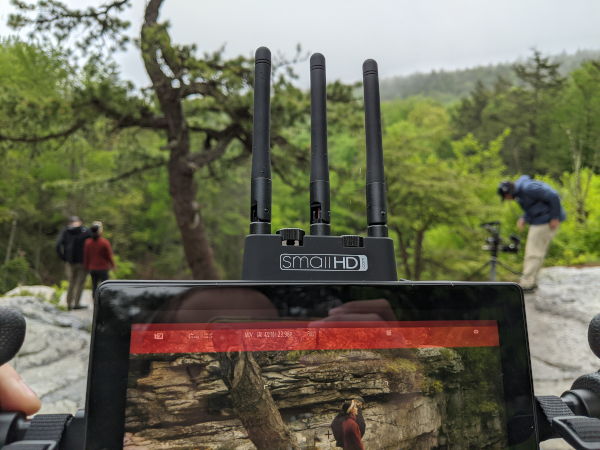
A couple months later, and I just wrapped a feature film I produced with Garrett Bates (who spearheaded our COVID-19 Protection Plan) called They/Them/Us, written and directed by Jon Sherman and starring Joey Slotnick and Amy Hargreaves. A comedy drama about a newly blended modern family, we shot it in my hometown of Columbus, Ohio. It was one of the first films to be approved by the Screen Actors Guild this summer. We tested the entire cast and crew three times a week, had a health and safety supervisor, signage with health and prevention information posted throughout the set, wore masks at all times, sanitized locations, had individual wrapped lunches, and washed our hands constantly. And no one got sick. It is possible to make films safely in these times. Filmmakers are smart, tough, and creative problem-solvers, and I’m proud to see us figure out how to continue working.



